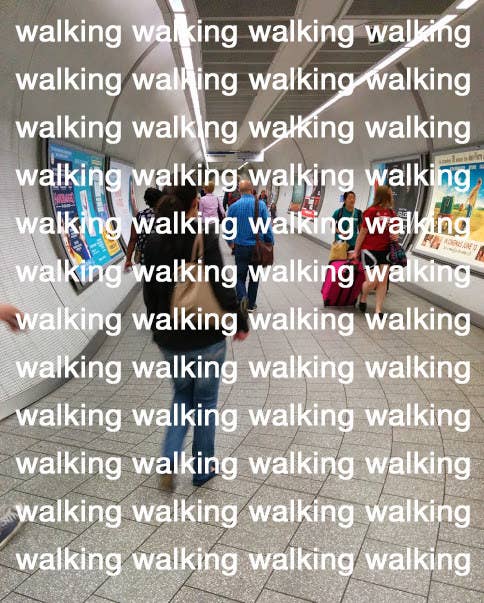The London Underground is Lying to You
Relevant Article: https://www.citymetric.com/transport/why-do-signs-kings-cross-st-pancras-londons-biggest-tube-station-seem-take-you-long-way
King’s Cross St. Pancras station in the heart of the London Underground is notorious for its winding, seemingly-endless tunnels. Every day, the six separate tube lines passing through the station bring thousands of people to the station’s tunnels as they attempt to make transfers at this bustling hub. As the article above mentions, people have noticed that transferring at this station requires a lot of walking, at times even in seemingly random directions. For most people, the only way to navigate the station’s vast network of tunnels is to follow the station’s signage. However, some people have found “hacks” over the years—ways to get from point A to point B within the station faster than the route marked on the station’s signs.

So why wouldn’t the station mark this faster route for the general public? Is the London Underground inefficiently signed or lying to people? As it turns out, the people in charge of signing stations like King’s Cross St. Pancras know exactly what they’re doing. And yes, they are intentionally misleading people in a way. The station manager, interviewed in the article above, confirmed that the station will indeed divert passengers on longer routes to avoid congestion. In fact, this is a technique widely used across the London Underground network. Many stations have signage pointing to the way out that can be electronically changed depending on the time of day to change how the flow of passengers is routed through the station.
Learning about this, I immediately thought back to the lecture regarding traffic in networks. In class we modeled cars traveling between locations (nodes) on highways (edges). In this case, rather than cars we have pedestrians and rather than highways we have tunnels. And the same principles of congestion apply. Travel times on a path, especially within a cramped tunnel under London, are heavily dependent on the number of people on that path. The “hacks” on the London Underground, while being faster, would likely involve tunnels with much lower capacities. In other words, in those tunnels it would take a lot fewer people for the travel time to rise. So while the payoff for a few people taking this shorter route might be good, if hundreds of passengers tried to take these shorter routes, there simply wouldn’t be enough capacity. The congestion would be chaotic, dramatically increasing travel time as well as frustration. Thus, the method to approach the Nash Equilibrium in this case is to direct the majority of passengers on a longer route with less congestion. Though this requires most people to walk further, it is the mutual best response and decreases the overall travel time and congestion for all.
